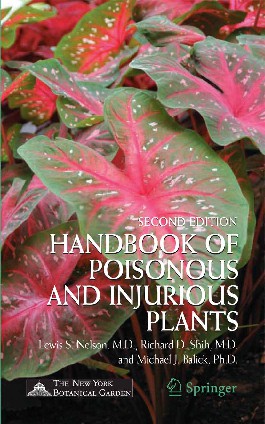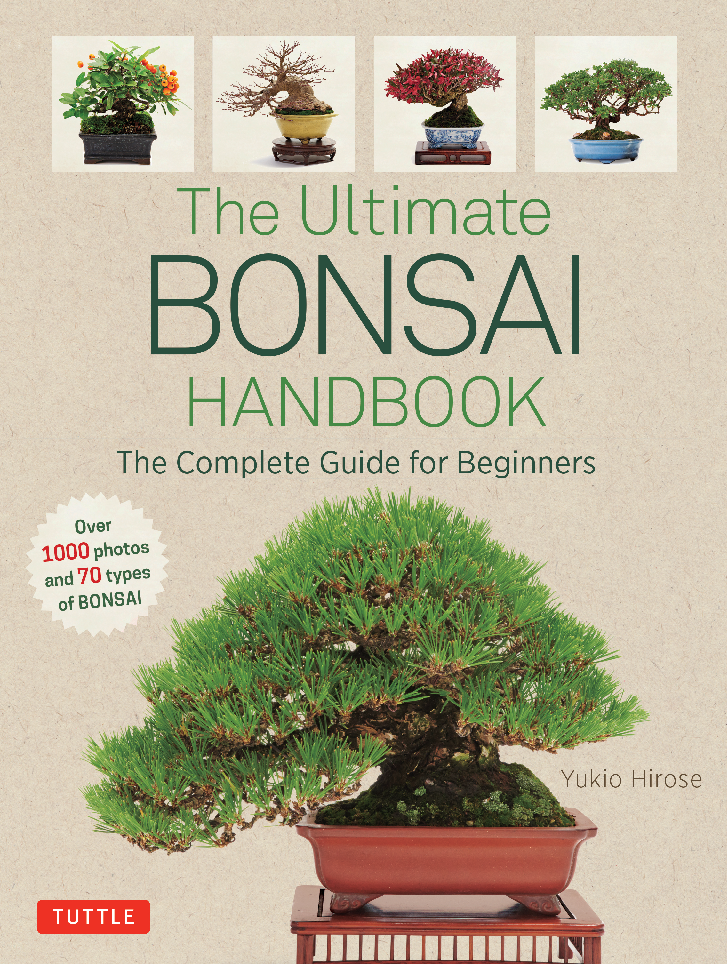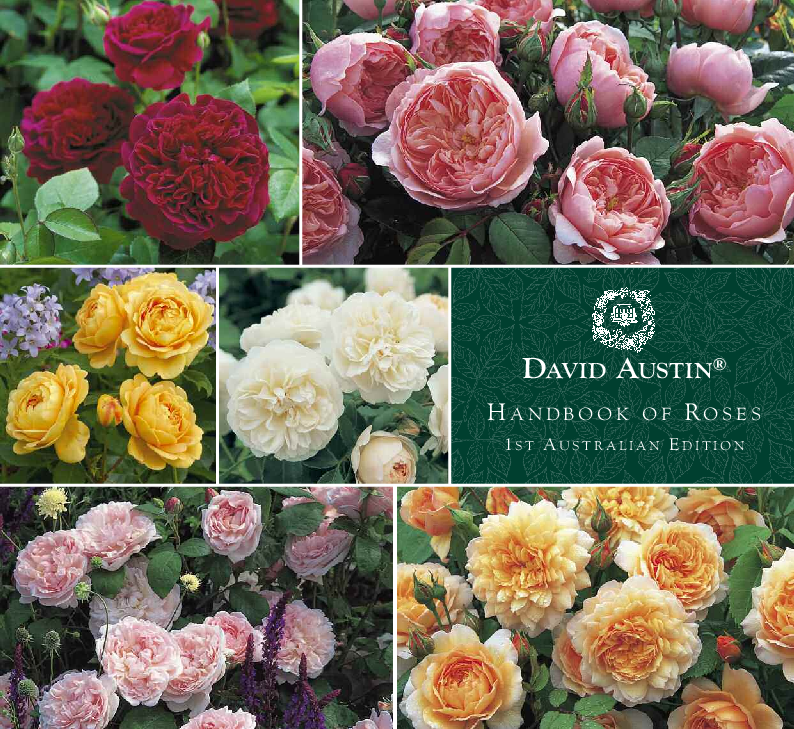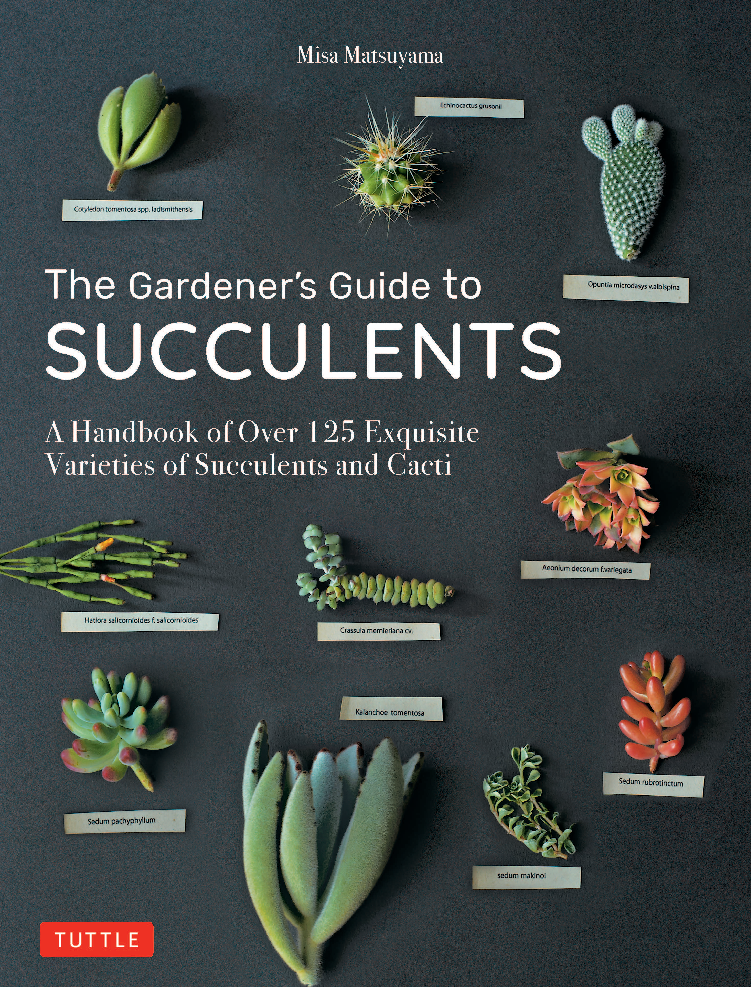Book Details
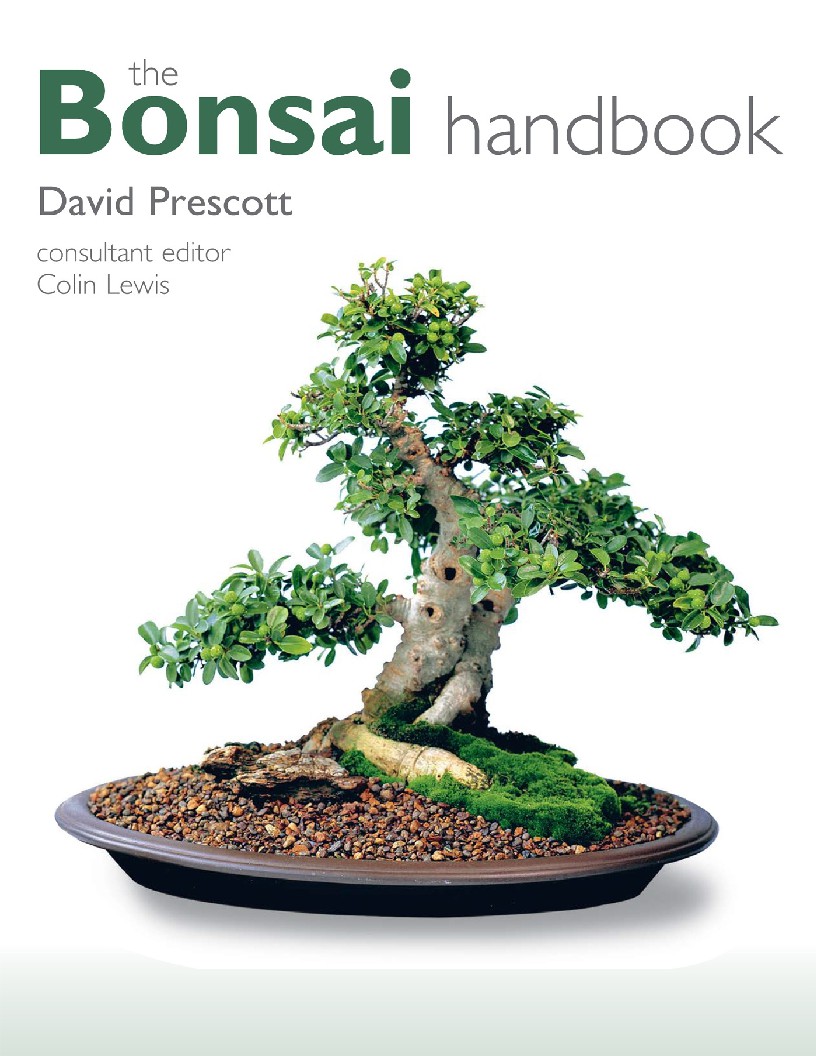
The Bonsai Handbook
What is bonsai?
onsai, literally translated, means tree-in-a-pot. This, however, is a
broad definition which needs qualification. Perhaps it would be
easier to explain what bonsai is not. A bonsai is neither a dwarf
variety, nor is it a tree miniaturized by means of magic. Keeping the roots
confined in a pot assists with mobility and allows for a unified composition
but that is not what keeps a bonsai small and beautiful, either. The size,
shape and attractiveness of a bonsai is entirely dependent upon its
owner’s dedication to its daily care and his or her taste and artistic ability.
Nobody knows when the idea first arose that one could shape trees in
containers to mimic their full-sized counterparts. There is clear evidence
that the Chinese were doing it over 2000 years ago. Paintings of that
period depict shallow pots with trees and rocks, which look like
landscapes in miniature. However, it was the Japanese who took up,
refined and developed the practice.
Much of Japanese culture and art throughout history has come under
the influence of the Chinese. The Japanese script even uses the same
characters for the word bonsai as does the Chinese. But within the past
few centuries the two cultures have moved further and further apart. In
China, most bonsai, (pronounced ‘punsai’) or penjing include elements of
landscape.
Author: Colin Lewis
Pages: 421
Issue By: eBook 707
Published: 3 years ago
Likes: 0





